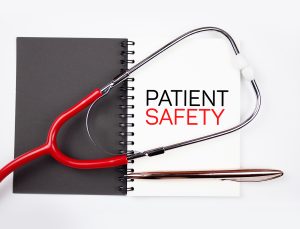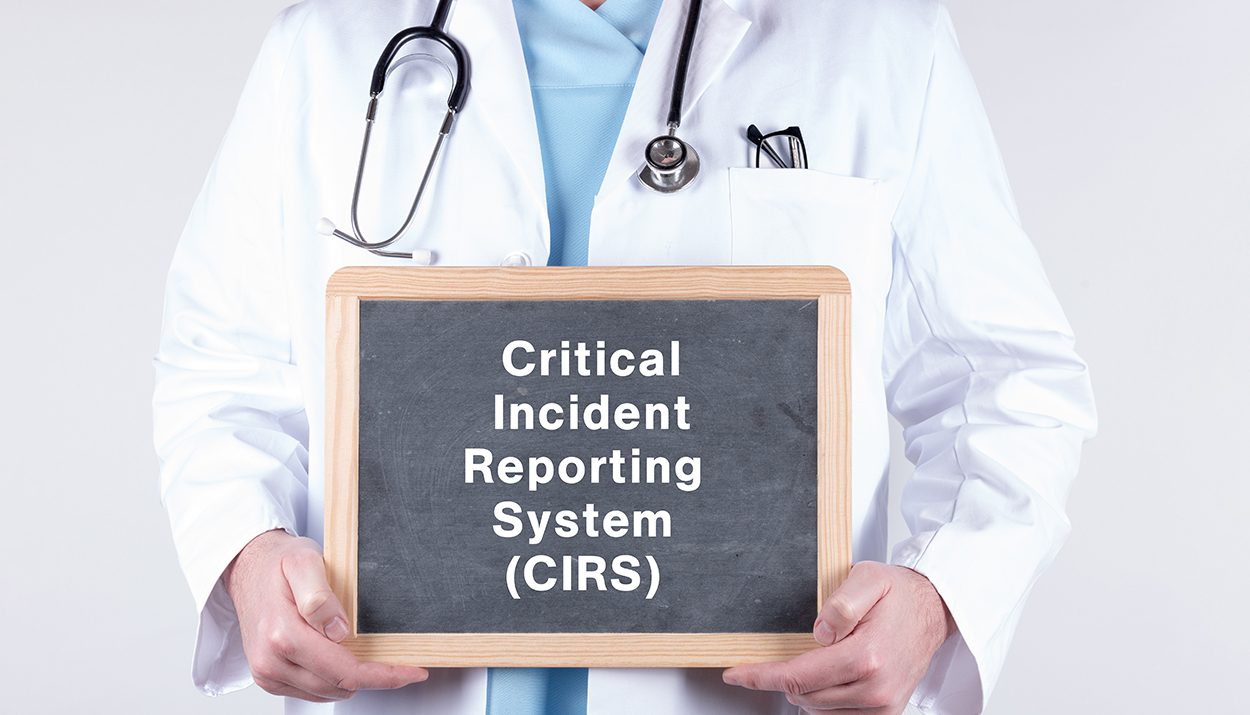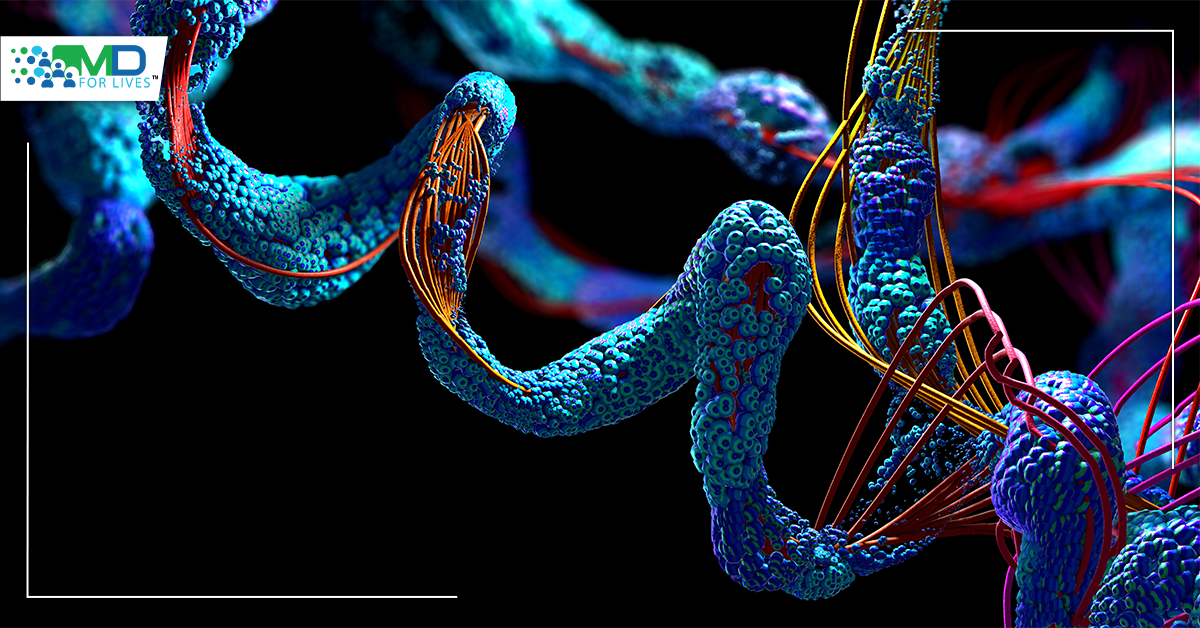In tandem with the evolution of the healthcare industry, incident reporting system in healthcare have emerged as an indispensable component of quality patient care. Empowering HCPs to report and analyze unfavorable healthcare incidents and near misses, these reporting systems facilitate open communication surrounding errors and potential risks associated with healthcare services. Typically, healthcare incidents can include but are not limited to medication errors, surgical complications, communication breakdowns among healthcare teams. Adding to the woes are equipment malfunctions, misdiagnoses, patient falls, and other occurrences that may also compromise patient safety or the quality of healthcare delivery.
Through the systematic inclusion and review of incident reports, healthcare organizations can identify patterns to implement corrective measures and proactively strengthen protocols, ultimately preventing such adverse events and delivering top-notch patient care.
Benefits of Using Incident Reporting Systems
Patient safety or incident reporting systems have been instrumental in driving positive changes across various healthcare settings. For instance, studying instances of medication errors can prompt healthcare facilities to introduce barcode medication administration systems. These systems are designed to reduce errors during the administration process and enhance patient safety.
Moreover, analyzing incident reports allows for the implementation of targeted interventions and evidence-based practices to mitigate risks and enhance patient safety. Through rigorous analysis of data gathered from incident reports, healthcare organizations gain valuable insights into recurring patterns, underlying causes, and systemic issues contributing to patient safety incidents. It helps them pinpoint areas for improvement and plan targeted interventions to prevent future occurrences. Confronting root causes rather than merely treating symptoms, incident reporting system facilitates sustainable improvements in the quality of care.
Proactively identifying and addressing safety concerns also helps HCPs create an environment where healthcare professionals feel empowered to share their experiences and insights without fear of reprisal. This commitment to transparency and accountability cultivates a collaborative atmosphere focused on continuous learning and improvement in patient safety practices.
Incident Reporting Systems Challenges and Limitations
There are many adverse drug events (ADEs) that often go under reported primarily due to fear-based factors, such as potential retribution and reputational harm, and individual factors like lack of motivation and fear of negative consequences. Information-based obstacles, such as limited awareness and understanding of reporting mechanisms, further impede the comprehensive documentation of ADEs. Additionally, systemic barriers, like inadequate feedback mechanisms, contribute to challenges in improving medication safety and patient outcomes.
Consequently, doctors end up overlooking systemic issues and near misses pertaining to unreported health incidents. It results in an incomplete understanding of patient safety risks. The lack of in-depth and contextual information in incident reports makes it all the more challenging to accurately assess the severity and impact of reported incidents.
To address these challenges, healthcare organizations can implement anonymous reporting mechanisms, all while training and educating staff on the importance of reporting to foster a culture of psychological safety where staff feel comfortable reporting incidents without any hesitation.
Integrating Incident Reporting into Quality Improvement
Incident reporting can be incorporated into broader quality improvement initiatives by using incident data to identify recurring issues and prioritize improvement efforts.
Additionally, healthcare organizations can synthesize incident reporting data with other data sources, such as patient feedback and clinical audits, to gain a more comprehensive understanding of patient safety risks and prioritize improvement efforts effectively.
Feedback loops and follow-up actions are also crucial components of incident reporting system. This is precisely why healthcare organizations should establish clear protocols for investigating and responding to incidents. It includes providing feedback to staff and implementing corrective actions.
Incident Reporting System in Healthcare – Upholding Accountability
To raise the bar on patient safety, healthcare organizations must regularly analyze incident reports to learn from their past mistakes to promote a culture of accountability, continuous improvement and learning.
Leadership support and organizational culture play a pivotal role in driving continuous improvement through prudent use of incident reporting system in healthcare facilities. Leaders must allocate resources to monitor incident reporting systems, and maintain complete transparency.
Establishing a leadership tone and actively engaging in incident reporting processes enables leaders to instill confidence among staff, encourage open communication, and foster an environment where employees feel empowered to report incidents and contribute to continuous improvements in patient safety.
Future Directions and Innovations
Emerging technologies such as mobile apps and artificial intelligence are revolutionizing incident reporting systems by offering more accessible and efficient means of capturing and analyzing incident data. Mobile apps enable real-time reporting from the point of care, facilitating quicker response times and more accurate data collection. Artificial intelligence in healthcare enhances incident analysis by automating data processing, identifying patterns, and predicting potential safety risks based on historical data, ultimately leading to more proactive approaches to patient safety.
Future advancements in incident reporting may include wearable devices that automatically detect and report safety incidents, augmented reality tools for immersive incident documentation, and advanced predictive analytics models for preemptive risk management. Integrating technologies like blockchain can also enhance data security and integrity, ensuring the confidentiality and reliability of incident reports.
Staying adaptable and continually improving incident reporting processes is essential for keeping up with the evolving healthcare landscape and emerging safety challenges. Through the adoption of new technologies and methodologies, healthcare organizations can elevate the effectiveness and efficiency of incident reporting systems, ultimately resulting in improved patient outcomes and higher standards of care.
Commemorating National Patient Safety Awareness Week Through Effective Incident Reporting Strategies
National Patient Safety Awareness Week is an essential annual event highlighting the significance of prioritizing patient safety within healthcare systems. During this period, it is crucial to focus on various aspects that contribute to the well-being of patients, and effective incident reporting is one of them. Here are some tips for enhancing incident reporting processes to promote a culture of safety:
- Provide clear guidelines and training on incident reporting processes to ensure that staff understand how and when to report incidents.
- Encourage open communication channels and provide multiple reporting avenues, including anonymous options, to accommodate different preferences and comfort levels.
- Emphasize the importance of thorough documentation and provide feedback to staff on the outcomes of reported incidents, demonstrating the impact of their contributions to patient safety.

During this National Patient Safety Awareness Week, MDForLives encourages all healthcare professionals to utilize incident reporting systems effectively to enhance patient safety.
Physicians and allied healthcare professionals interested in advancing the healthcare industry are invited to join us now! Engage in compensated medical surveys, exchange insightful case studies and blogs, and participate in webinars for knowledge acquisition and sharing.






